The Bučovice Museum – collections
The sub-collection of the Bučovice Museum contains more than nine thousand pieces, divided into archaeological, ethnographic, and historical sections.
The ever-expanding archaeological part of the sub-collection documents life in Bučovice since prehistoric times. The oldest documented period in Bučovice is represented in the museum by a mammoth jaw from the last Ice Age. The period of the Upper and Late Palaeolithic is documented by chipped stone tools and cores, while the period of Neolithic farmers is mainly documented by stone ground axes, axe blades, and smaller chipped blades. The Bronze Age to Iron Age is represented by weapons and tools (spearheads, axes, sickles, knives) and other objects of material culture (clasps, buckles, bracelets). The archaeological collection also includes medieval iron objects, mainly farming tools, weapons, and equestrian equipment. A valuable artefact is a long sword from the second half of the 14th century.
A set of faience pottery from the 18th-19th centuries stands out among the objects of an ethnographic nature. The oldest ceramic items made by the Habans of Bučovice are a white glazed plate decorated with floral decorations from the end of the 17th century and Pleva’s jug, also richly decorated with floral ornaments, dating back to the 1820s. Valuable objects evidencing traditional folk culture include shelves inlaid with straw, dating from 1833 and 1850, painted chests, a painted cabinet and a set of 19th-century reverse glass paintings. The preserved guild insignia recall the activities of local guild associations. Craft activities in Bučovice are evidenced by sets of specialised tools, e.g. from the fields of cooperage and shoemaking.
In the historical part of the sub-collection, old prints stand out, especially the Venetian Bible from 1506 and the books of municipal law from 1536 (Brikci of Licko) and 1579 (Kristián of Koldín). Among the paintings, we can find a valuable 18th-century painting on canvas of Judith with the head of Holofernes and a votive painting on a wooden panel dated 1744, sacrificed for the salvation of the souls of the deceased quadruplets. The numismatic collection, which includes coins used in Central Europe from the 11th to the 20th centuries, is quite extensive. The oldest coins from this period in the collection are denarii of Otto I and Conrad I from the second half of the 11th century.
The historical collection also includes weapons. Historically valuable are two swords from the 15th/16th and early 16th centuries and other cutting weapons and firearms. An oriental rifle from the late 18th century and decorative hunting weapons from the 18th and 19th centuries are noteworthy. Also exceptional is a set of nine stone tombstones, the oldest of which dates from the late 15th century, and a stone font from the first third of the 16th century. Stone tablets from the synagogue (the 16th and 19th centuries) and several other smaller objects remind us of the existence of the Jewish community in Bučovice. An artistically valuable part of the collection is a neo-renaissance tiled stove, made by the L & C HARDTMUTH company from the last quarter of the 19th to the first half of the 20th century.
